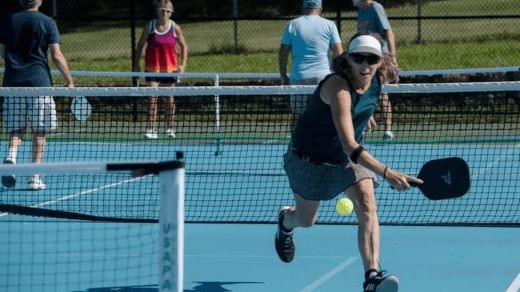Guide to Tennis Court Installation: From Planning to Playability
Tennis court installation involves several steps to ensure that it meets the necessary standards for playability and safety. Here’s an overview of the process:
- Site Selection:
- Choose a suitable location for your tennis court, considering factors like available space, drainage, and accessibility.
- Permits and Regulations:
- Check with local authorities to determine if you need permits or approvals to construct a tennis court on your property. Ensure that you comply with any zoning or land use regulations.
- Court Type:
- Decide on the type of tennis court you want to install. Common options include asphalt, concrete, or synthetic (e.g., acrylic or rubber) surfaces. Each has its own advantages and maintenance requirements.
- Design and Layout:
- Create a design and layout plan for the court, including its dimensions, orientation, and markings (singles and doubles lines, net post positions).
- Excavation and Grading:
- Excavate the chosen area to the required depth, ensuring proper drainage. Grade the surface to ensure it’s level and has the appropriate slope for water runoff.
- Base Preparation:
- Lay a suitable base material (usually crushed stone or gravel) and compact it thoroughly to provide a stable foundation for the court.
- Surface Installation:
- Install the chosen court surface material according to manufacturer guidelines. This typically involves layering and sealing the surface for durability and traction.
- Fencing and Net Posts:
- Install perimeter fencing around the court to contain the balls during play. Set up net posts at the center of each baseline and install the net.
- Lighting (if necessary):
- If you plan to play tennis at night, consider installing lighting fixtures around the court to ensure visibility.
- Accessories:
- Add amenities such as benches, scoreboards, and windbreaks if desired.
- Net and Net Accessories:
- Attach the tennis net to the net posts, ensuring it’s at the correct height and tension.
- Line Markings:
- Paint the appropriate lines on the court surface using tennis court paint. Ensure accuracy and proper curing.
- Maintenance:
- Regular maintenance is crucial to keep your tennis court in good condition. This includes cleaning, crack repair, and resealing as needed.
- Safety:
- Make sure the court is safe for players by addressing any potential hazards, such as uneven surfaces, loose net posts, or fencing issues.
- Net and Net Accessories:
- Attach the tennis net to the net posts, ensuring it’s at the correct height and tension.
- Line Markings:
- Paint the appropriate lines on the court surface using tennis court paint. Ensure accuracy and proper curing.
- Maintenance:
- Regular maintenance is crucial to keep your tennis court in good condition. This includes cleaning, crack repair, and resealing as needed.
- Safety:
- Make sure the court is safe for players by addressing any potential hazards, such as uneven surfaces, loose net posts, or fencing issues.
- Enjoy:
- Once your tennis court is ready, you can start enjoying games with friends and family.
It’s important to note that the specific requirements and regulations for tennis court installation may vary depending on your location and the type of court you choose. Consulting with professionals or contractors experienced in tennis court construction is advisable to ensure that your court meets all necessary standards and safety guidelines.

